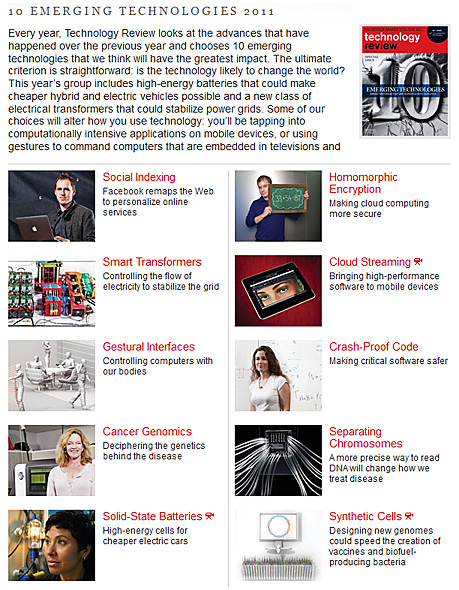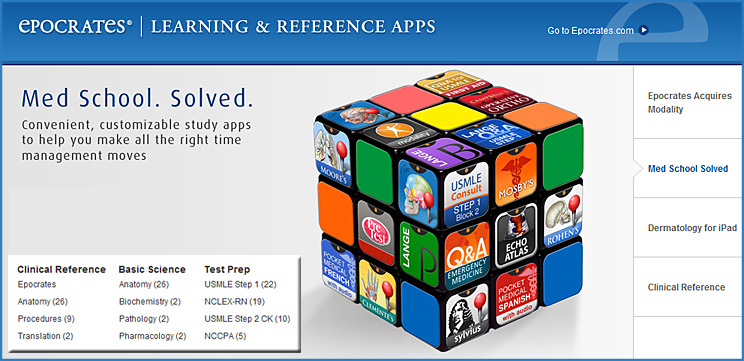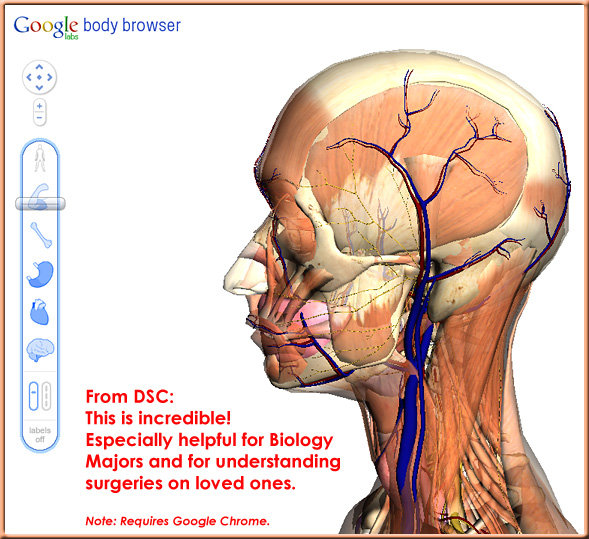Per Nicola Santiago at Punflay:
- We develop educational iPhone/iPad apps for kids. Our Frog Dissection app which is being used in many schools was awarded the Mark Twain’s Ethical Science award by PETA and was also selected as the Best Science app by IEAR. We also have a Rat Dissection app in the store.
Side reflection from DSC:
This type of work shows the power of using teams of specialists. One person can’t do it all anymore — we need to face up to this fact and stop thinking that simply providing more professional development is the answer. I realize that using textbooks brings in teams of specialists — but it seems to me that we still think that simply by providing more professional development, our teachers and professors will be able to meet the constantly (and quickly) rising bar. That type of approach has outlived its usefulness and it just won’t cut it anymore; we do our students a major disservice by clinging to that outdated, status-quo-based model.
How can we move to using more teams of specialists to create and deliver our educational materials?
Nice work to the teams at Punflay in India!




















